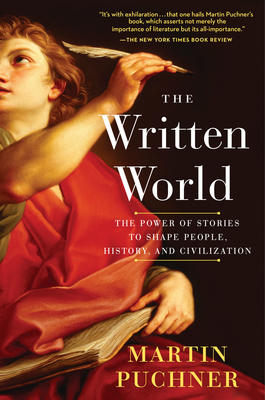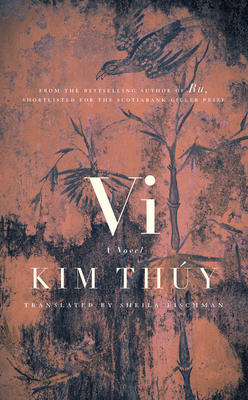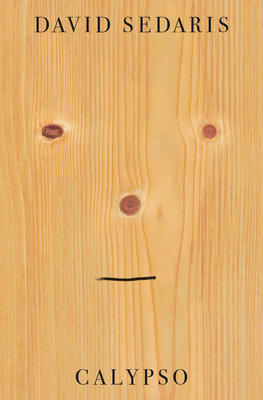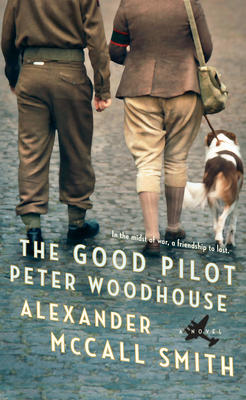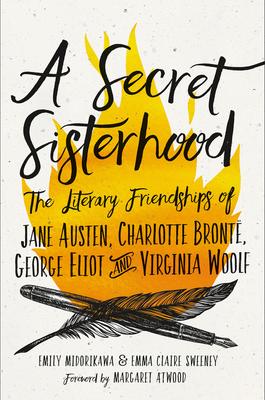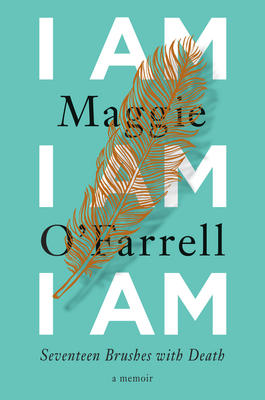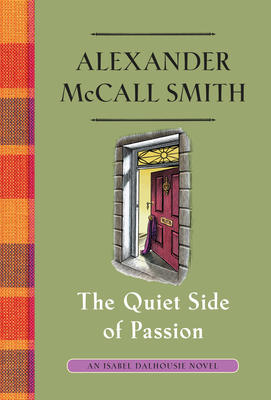 Alexander McCall Smith must be one of the best-selling storytellers alive today.
Alexander McCall Smith must be one of the best-selling storytellers alive today.
He is the author of the beloved No. 1 Ladies Detective Agency novels and a number of other series as well as stand-alone books. His works have been translated into more than forty languages and are best-sellers throughout the world. This new one is the twelfth in the Isabel Dalhousie series.
It tells the story of this Edinburgh lady who has money of her own and spends her time editing articles for The Review of Applied Ethics. Or that is how she would like to spend her time. She is married, however, to Jamie, a successful bassoonist with an orchestra in Edinburgh. They have two little boys, the second one still a baby, whom they like to be with.
In this book, they agree to get help, with both the children and the editing. These young women have emotional problems of their own and this book tells us how Isabel’s kindness and keen intelligence get her involved, even as she wonders whether an employer should ever inject herself into her employees’ affairs. McCall Smith has an intimate knowledge of Edinburgh and this book, like all his others, gives a wonderful picture of that very special city.
Reviewed by Anne McDougall
